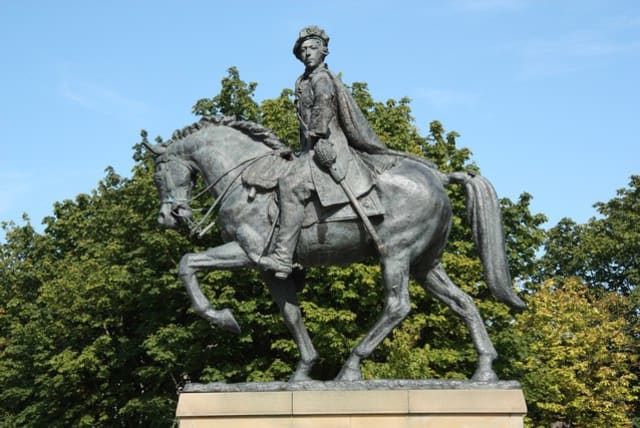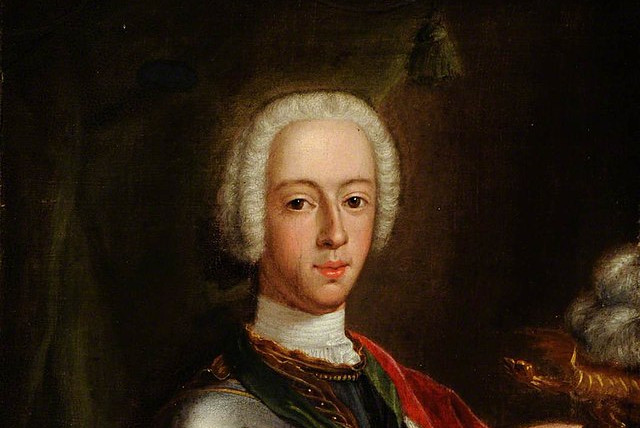Scientists use death masks to recreate the face of 18th century royal

The prince's facial recreation is estimated to be what he may have looked like during the Jacobite rising at age 24.
The face of Bonnie Prince Charlie has been recreated using death masks by a research team at the University of Dundee’s Centre for Anatomy and Human Identification, multiple sources reported on Friday.
The prince was also known as Charles Edward Stuart and was the grandson of King James II of England.
The prince's facial recreation is estimated to be what he may have looked like during the Jacobite rising at age 24, where he failed in restoring his father James Francis Edward Stuart, to the British throne.
The recreation shows Charlie with blond and curly hair, wearing a white shirt, and his skin somewhat marked with bloody patches. The project to recreate Charlie's image was initiated by my master's student Barbora Veselam where she used software to make a 3D model of the prince using almost 500 images. She also had to de-age him by using the knowledge she learned on aging patterns in humans in order for him to look young, CNN reported.
Charlie's downfall and recreation
After Charlie's army was defeated in 1746, he spent a few months as a fugitive and then fled to France where he lived for the remainder of his life. A cast of his face was taken after his death in 1788 in Rome and was "photographed and mapped along with software allowing the experts to 'de-age' the prince," according to the BBC. The University of Dundee stated that it was common for historical notable figures to have a cast taken of their face after their death.
Copies of the masks at Inverness Museum and Art Gallery and The Hunterian at the University of Glasgow were examined by researchers, The Guardian reported.
Overall, the research team stated that this is the most lifelike replica of the prince's face to date, The Guardian reported, and the work was presented on Saturday as part of the university's annual master’s show.
Jerusalem Post Store
`; document.getElementById("linkPremium").innerHTML = cont; var divWithLink = document.getElementById("premium-link"); if (divWithLink !== null && divWithLink !== 'undefined') { divWithLink.style.border = "solid 1px #cb0f3e"; divWithLink.style.textAlign = "center"; divWithLink.style.marginBottom = "15px"; divWithLink.style.marginTop = "15px"; divWithLink.style.width = "100%"; divWithLink.style.backgroundColor = "#122952"; divWithLink.style.color = "#ffffff"; divWithLink.style.lineHeight = "1.5"; } } (function (v, i) { });

